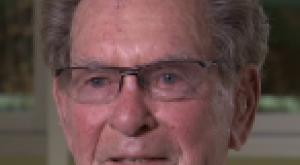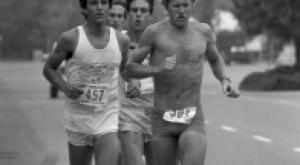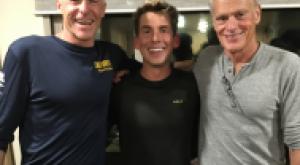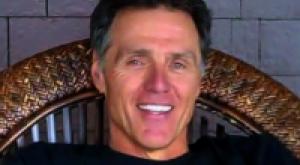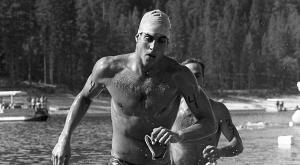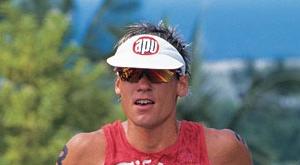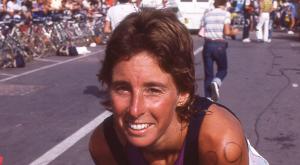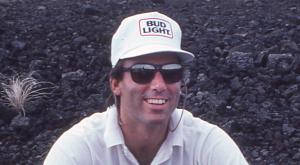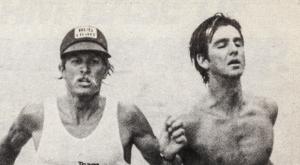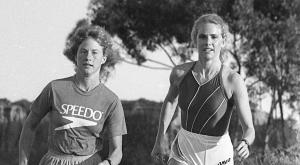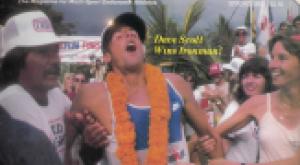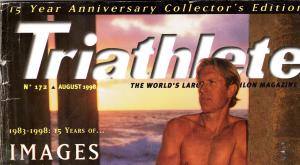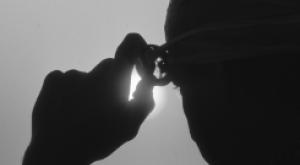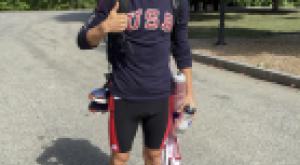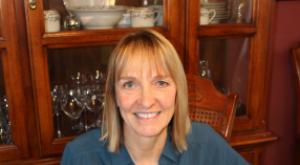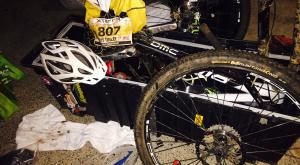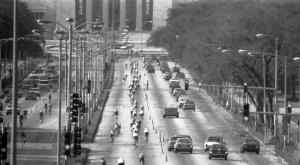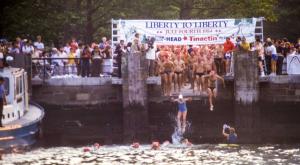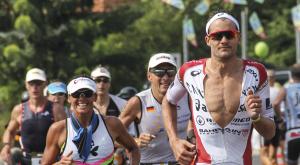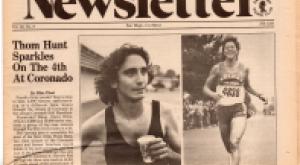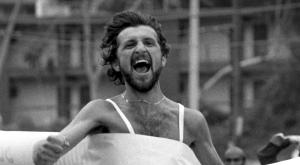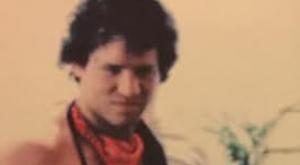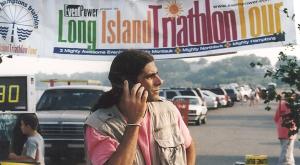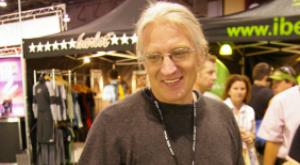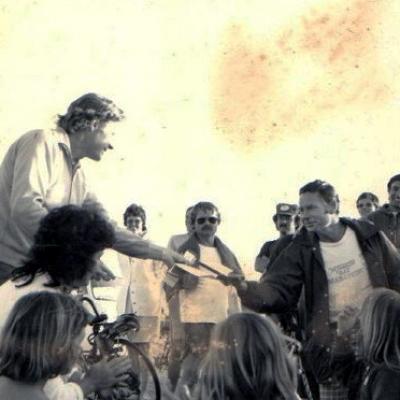
I first saw Bill Phillip’s speedo’d ass as it followed his arms and legs out of the water. Phillips was about to win the 1976 Mission Bay Triathlon and I was over a minute behind, groping along in 3rd place on the final leg of that year’s only known triathlon. I had lifted my head from the murky Mission Bay to catch a glimpse of Phillips’ butt running up the beach and wondered who the other old guy was besides 38 year old barkeep, Tom Warren, my goofy Pacific Beach neighbor who swam between Phillips and me. At 19 years old it didn’t seem right. The two guys in front of me were collectively, 3 and ½ times my age.
Following Warren and Phillips up the beach, I struggled to project a future in this fledgling sport. Would I have to train hard for the next 20 years before I’d have a chance at winning? Earn a doctorate in exercise physiology? Phillips, then a 40 year old professor of exercise physiology at SDSU, the school I’d chosen to attend just a few months earlier, was just another tweed jacketed ancient I’d seen meandering across campus, an abstract intellectual who couldn’t possibly know what it was to live the sporting life. And he’d just kicked my young ass.
The early and middle life of Bill Phillips, Ph.D. is the early and middle life of triathlon, both finding a way to survive and then thrive against some odds. Indentured as a teen in the 1945, Japanese-occupied Philippine Islands, Bill narrowly survived the blood-letting in the South Pacific Theater of war. Vowing to find a way to live a safer and more enjoyable life, he and his family landed in the Berkeley, California area near San Francisco where a young Phillips took to swimming and the early foundations of exercise science.
“Swimming wasn’t hard for me,” he once said, “and I wanted to know why it felt so natural.”
As he built his academic and coaching career at California State University San Francisco in the early 60s while completing his doctorate at University of California at Berkeley, Phillips recognized the links between sport performance, physiology, and health. Looking to reconnect with a warmer clime and girl he’d met in the PI, Phillips took a job at SDSU in 1963, found some grant money, and married his wife of nearly 60 years.
Journalist, Bob Babbitt once asked Bill about those links during the period that Dr. Phillips began extended career at San Diego State University.
“How did your work in physiology lead you into the world of early triathlons?” Babbitt wondered.
“We had a NIH (National Institute of Health) grant to study exercise and basic bio-markers like heart rate and blood pressure. And what we found was that even low level endurance exercise was a benefit to the cardiovascular system,” Phillips remembers. “And from there I could see the performance benefits.”
# # #
If a family tree were to be drawn for any aspect of triathlon—from science and technology to motivation to training methods to the purity of raw experimentation—Dr. William Phillips and his thickly muscled frame would root every branch from Tom Warren to Dave Scott to Chrissie Wellington to the Brownlee Bros. Take away the thoughtful pragmatism of Dr. Phillips, his careful attention to the science and numbers and what you might’ve been left with is a handful or lifeguards, surfers, and beer-swilling dreamers at the root of a very tall tree. Fun to watch it grow wildly but an unsustainable piece of nature as its branches sought in growth the necessary empiricism of a well-controlled lab.
The organic myth of early triathletes as hard-charging, devil-may-care, beach bums is accurate enough. But what have been lost are the accomplishments of a handful of SDSU-based lab rats that were very smart and very fast. Drs. Bill Phillips, Tony Sucec, Mack Larsen, Denny Selder, Thom McKenzie, Jeanne Nichols…an accidental skunk works of multisport science where speedos and Frank Shorter running shorts were worn under the lab coats.

